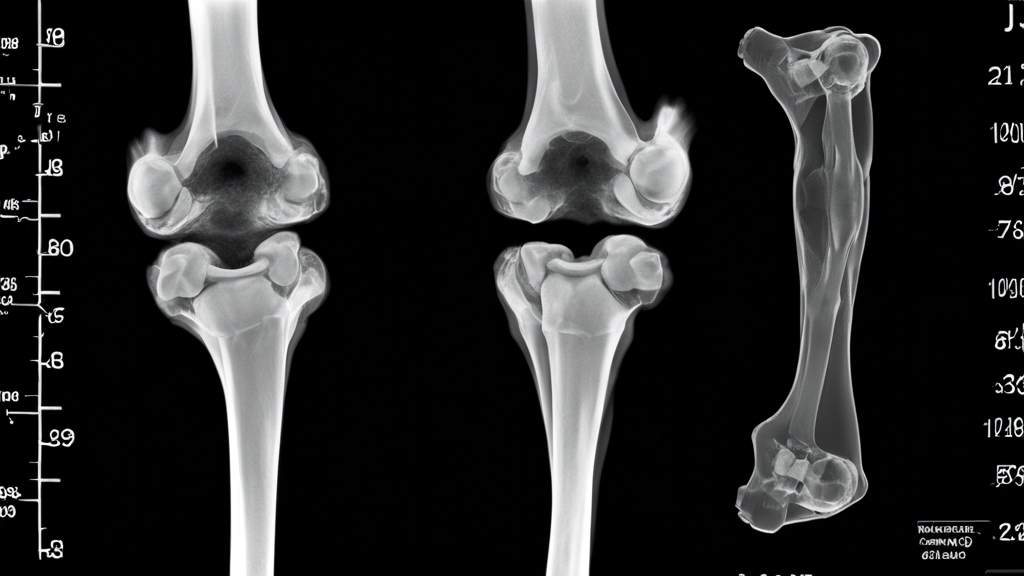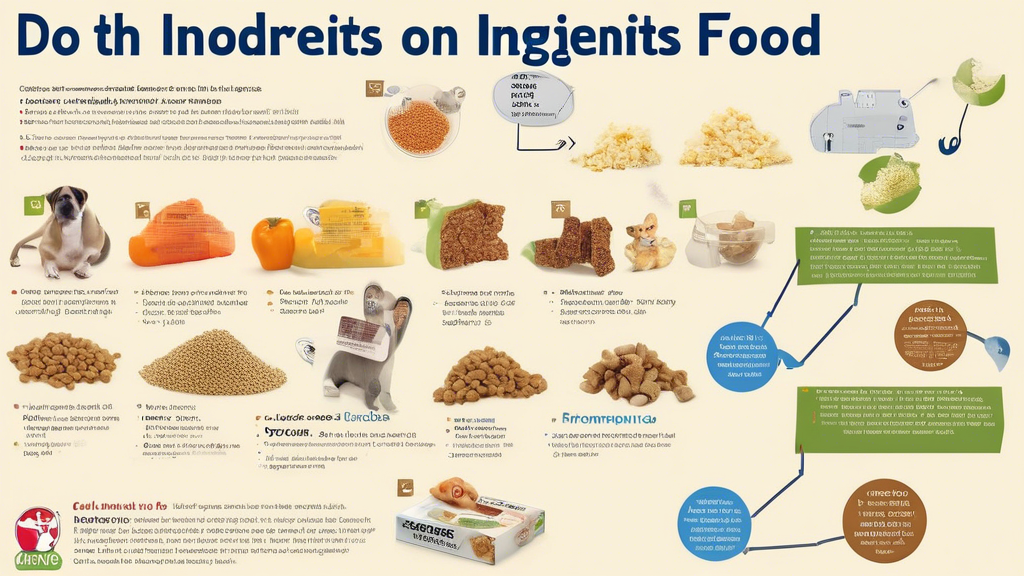“`html
Everything You Need to Know About Osteoarthritis in Dogs
Introduction:
Osteoarthritis (OA) is a common joint condition that affects millions of dogs worldwide. It is caused by the breakdown of cartilage, which is the protective tissue that covers the ends of bones and allows them to move smoothly against each other. OA can cause pain, stiffness, and lameness in dogs, and it can significantly affect their quality of life.
In this comprehensive article, we will delve into everything you need to know about osteoarthritis in dogs, including its causes, symptoms, diagnosis, treatment, and management strategies. By understanding this condition, dog owners can provide their beloved companions with the best possible care and help them live happy and active lives.
“`
Causes, Symptoms, and Diagnosis of Osteoarthritis in Dogs
Causes and Risk Factors
Osteoarthritis (OA) is a degenerative joint disease that occurs when the cartilage that cushions the ends of bones becomes damaged. In dogs, OA is most commonly caused by:
- Age-related changes
- Trauma or injury
- Obesity
- Hip dysplasia
- Elbow dysplasia
- Patellar luxation (dislocating kneecap)
Symptoms
Common symptoms of OA in dogs include:
- Limping
- Stiffness
- Pain when touched or moved
- Reluctance to exercise or jump
- Changes in activity level
- Swelling around joints
- Muscle loss
Diagnosis
Diagnosing OA involves a combination of:
- Physical exam: Your veterinarian will examine your dog’s joints for pain, swelling, and mobility issues.
- X-rays: X-rays can reveal the extent of cartilage damage and changes in bone structure.
- Blood tests: Blood tests can rule out other conditions that may cause similar symptoms, such as infections or inflammatory diseases.
Early diagnosis and treatment are crucial to manage OA effectively and prevent further joint damage. If you notice any changes in your dog’s mobility or behavior, consult your veterinarian promptly for an accurate diagnosis and treatment plan.
The #1 Free Source for Pitbull & Bully Pedigrees!

## Treatment and Management Strategies for Osteoarthritis in Dogs
### Medications
Nonsteroidal anti-inflammatory drugs (NSAIDs) are commonly used to reduce inflammation and pain in dogs with osteoarthritis. These medications work by blocking the production of prostaglandins, which are chemicals that contribute to inflammation and pain. However, NSAIDs can have side effects, such as gastrointestinal upset, liver damage, and kidney damage.
Other medications that may be used to treat osteoarthritis in dogs include:
* Analgesics (pain relievers)
* Joint supplements (e.g., glucosamine and chondroitin)
* Disease-modifying antirheumatic drugs (DMARDs)
### Physical Therapy
Physical therapy can help improve range of motion, reduce pain, and strengthen muscles in dogs with osteoarthritis. Common physical therapy techniques include:
* Massage
* Therapeutic ultrasound
* Laser therapy
* Hydrotherapy (water therapy)
### Surgery
In severe cases of osteoarthritis, surgery may be necessary to remove damaged cartilage or bone. Surgery can be an effective way to relieve pain and improve mobility, but it is also a major procedure with potential risks and complications.
### Management Tips
In addition to medication and physical therapy, there are several things you can do to help manage your dog’s osteoarthritis:
* **Weight management:** Maintaining a healthy weight can reduce stress on joints.
* **Exercise modifications:** Adjust your dog’s exercise routine to include low-impact activities, such as swimming or leash-walking.
* **Environmental adaptations:** Make changes to your home to make it easier for your dog to move around, such as adding ramps or non-slip flooring.
### Pain Management
It is important to manage your dog’s pain to ensure their comfort and well-being. In addition to medication, you can provide pain relief by:
* Applying cold or heat therapy
* Massaging your dog
* Offering a comfortable bed and resting areas
### Monitoring Progression
Regularly monitor your dog’s osteoarthritis for any changes in symptoms or progression of the disease. If you notice any changes, consult your veterinarian promptly.
**Conclusion:**
Osteoarthritis is a prevalent and debilitating condition in dogs, affecting their mobility, quality of life, and well-being. Understanding the causes, symptoms, and diagnostic methods is crucial for early identification and effective treatment.
Treatment strategies for osteoarthritis in dogs vary depending on the severity and progression of the condition. Medications, physical therapy, and surgical interventions can provide pain relief, improve mobility, and maintain joint function.
Managing osteoarthritis in dogs involves a holistic approach. Maintaining a healthy weight, modifying exercise routines, and adapting the environment to reduce stress on joints are essential. Pain management is paramount, and it should be tailored to the individual needs of each dog.
By understanding the complexities of osteoarthritis in dogs and implementing appropriate treatment and management strategies, pet owners can optimize their dogs’ quality of life and ensure they live long, happy, and comfortable lives despite this common condition. Regular veterinary checkups and monitoring are crucial to track the disease’s progression and adjust treatment plans accordingly.











Leave A Comment